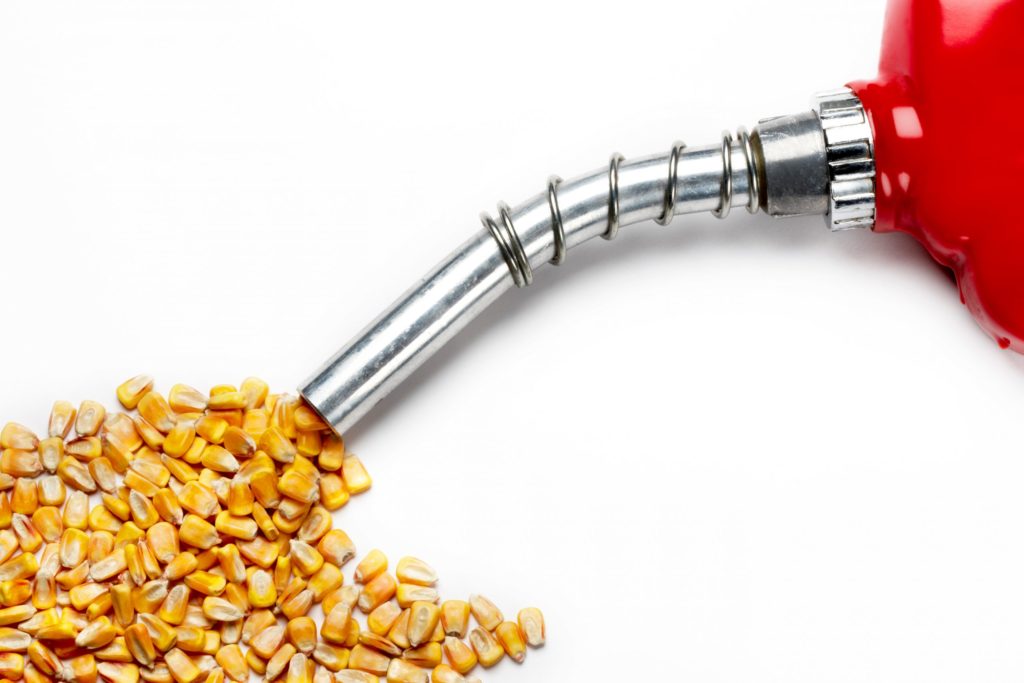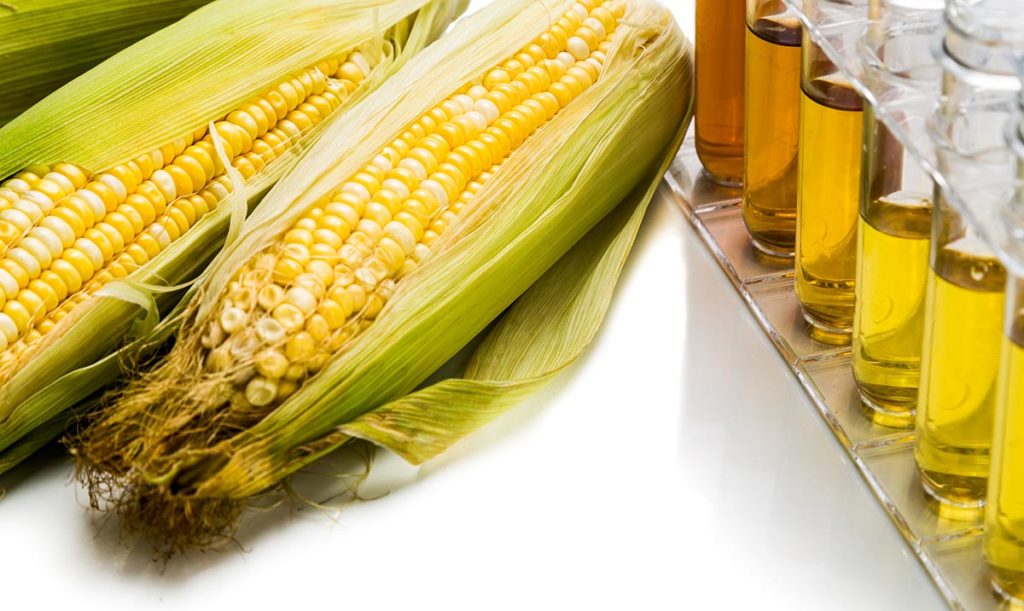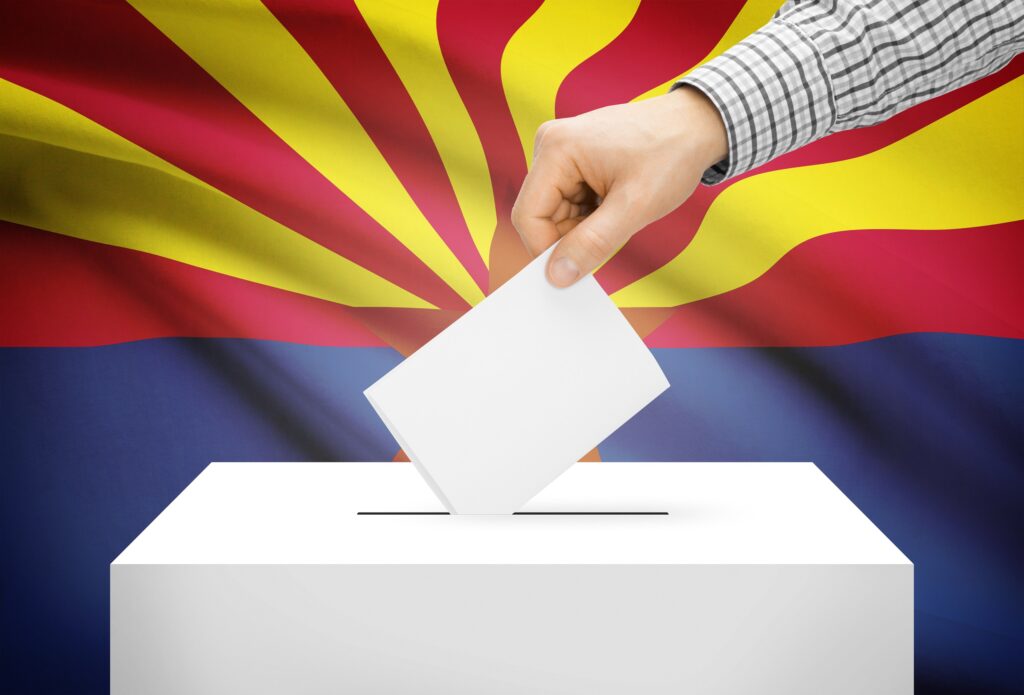The Facts about To-Go Alcohol and Drunk Driving: The Covid-19 Experience
Author
Media Contact
For general and media inquiries and to book our experts, please contact: pr@rstreet.org
Introduction
Before the COVID-19 pandemic, the concept of to-go alcohol was largely unheard of in America. Certain locales, such as New Orleans, offered so-called “go-cups” for alcoholic beverages, and a handful of municipalities across the country were home to open container zones that allowed consumers to walk from restaurant to restaurant with a drink in hand.
But by and large, alcohol purchased at a bar or restaurant had to be consumed inside the restaurant. When COVID-19 hit and dining inside turned into a public health liability, most restaurants and bars pivoted to a takeout and delivery model of service to keep their doors open. While food was readily convertible to this format, alcohol was not. In most states, antiquated laws governing the sale of alcoholic beverages prevented alcohol from being sold either as a curbside to-go option or via delivery.
In response, governors and alcohol regulatory agencies around the country issued emergency orders that granted both on-premise and off-premise establishments the ability to sell alcohol in a to-go or delivery capacity. This rapid reaction resulted in some of the fastest alcohol regulation changes in the last hundred years.
These to-go and delivery privileges provided a badly needed lifeline to restaurants, bars and liquor stores during an unprecedented time of government-imposed lockdowns and social distancing orders. As one example of the impact of these reforms, states that permitted to-go and delivery drinks saw higher rates of furloughed employees being hired back by restaurants during the pandemic.
Given this measurable success, many states have since made the decision to legislatively extend, or make permanent, to-go and delivery alcohol. As of last fall, 29 states had extended or made permanent to-go drinks, and 32 states had passed to-go or delivery reforms of some kind (either from on- or off-premise retailers).
Despite this reform wave, opposition has begun to develop against to-go and delivery alcohol reforms. This paper examines said opposition and presents research to challenge unsupported claims and determine the role of to-go alcohol, if any, in increased traffic fatalities over the past two years.
Read the full paper here.










